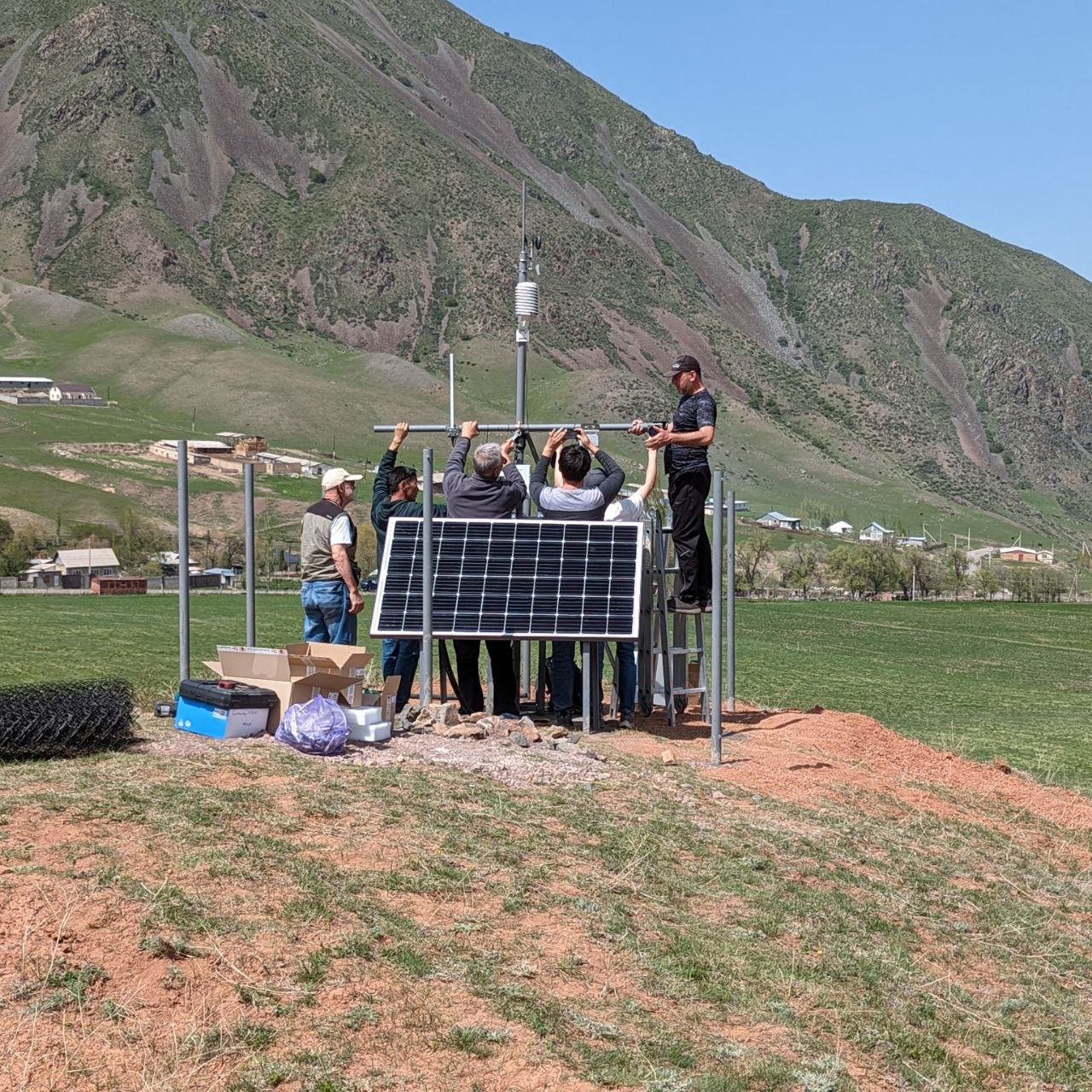
From Mountains to Data Low-Cost Weather Stations in Kyrgyzstan’s Challenging Terrain
On behalf of the research team, I am very pleased to announce that our preprint of a research paper on the use of low-cost automatic
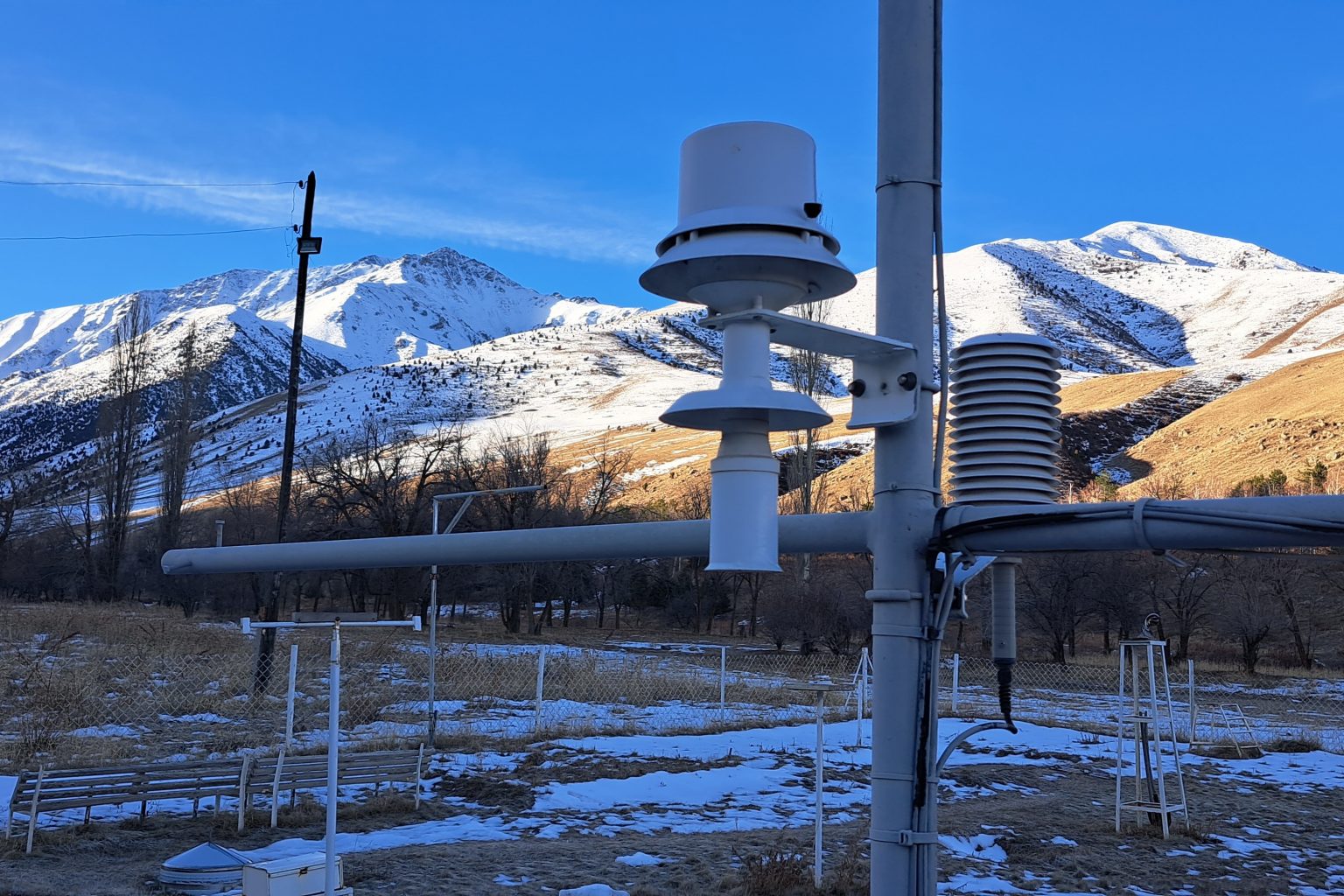
The Kyrgyz Republic is experiencing an unprecedented number of natural disasters of significant magnitude.u00a0 Neither the population nor the relevant governmental agencies are prepared for such escalation of emergencies. Urgent measures are necessary to adapt to the new reality, forecast potential risks and prepare for them in advance.
Due to the geographic location (landlocked with extreme continental climate) and topology (93% mountainous) of the Kyrgyz Republic, the risk of mudslides and floods is very high.u00a0 Many rivers that have theiru00a0 sourcesu00a0 in the countryu00a0 provide water to the entire Central Asia region. In Kyrgyzstan itself, there are over 2,000 mountain lakes,u00a0 out of which 320 pose a risk of emergency situations. The breakthrough of high-mountain lakes can strike a massive blow across Central Asia.
The country has experienced mudflows in many places. Practically on a weekly basis there are incidents associated with mudflows and floods, which accounts for up to one third of all emergencies. Settlements, roads, farmland, irrigation facilities and other infrastructureu00a0 are affected leading to loss of lives and inflicting colossal economicu00a0 damages. The implementation of preventiveu00a0 and mitigation measures is hindered by the lack of communication infrastructure in remote areas.
According to the World Bank experts, the climate crisis has a major impact on Central Asia. The region is warming faster than the global average. Thus the mountainous areas of Central Asia, which are often referred to as the Third Pole, are experiencing a growing number of natural disasters. The countries are in need of improving disaster prevention and mitigation capabilities from the emergencies such as landslides, floods, and other sediment-related disasters.
The Ministry of Emergency Situations (MES) of the Kyrgyz Republic has given priority to the implementation of modern technologies to conduct research on forecasting these events by deploying a number of sensors capable of detecting mudslides, precipitation,u00a0 water level andu00a0 flowu00a0 and transmitting the gathered data to a central repository in which they can be leveraged tou00a0 implement effective mitigation efforts.
Theu00a0 communications requirements of environmental sensors are not well served by traditional telecommunication services providers,u00a0 which target high throughput thus limiting the range. LoRa reaches long distances by limiting the throughput with the use of a robust spread spectrum technology supporting end to end encryption, and is therefore well suited for this task.
An IoT network in the Kyrgyz Republic has to overcome the challenges of a very rough environment, lack of electrical grid coverage and limited equipment availability. Similar situations have been found in other countries.
In traditional deployments openness and security are perceived to be orthogonal. This limits the scalability and hinders the acceptance by the authorities. The goal of the project is to demonstrate that a useful, scalable and reliable IoT application based on LoRaWAN technology can be built on an open and secure network.
Key project partners:
The research project is funded by the ISOC Foundation Research Grants Project: https://www.isocfoundation.org/grant-programme/research-grant-programme/

On behalf of the research team, I am very pleased to announce that our preprint of a research paper on the use of low-cost automatic
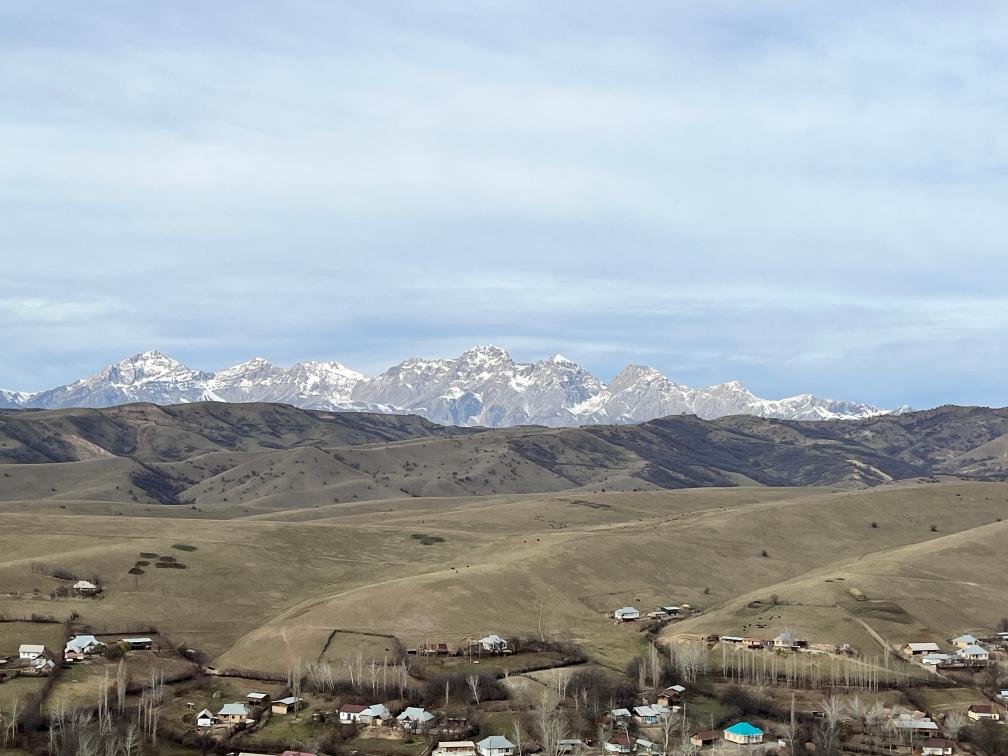
The initial deployment of a LoRa-enabled network to monitor natural disasters such as landslides and mudflows holds considerable promise. In response to positive feedback and
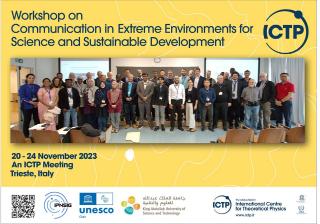
On November 2023 we had a privilege to participate in the Workshop on Communication in Extreme Environments for Science and Sustainable Development held in Trieste,

ISOC Research Team had received additional Lora-enabled devices designed to help rural communities and farmers residing near landslides improve well-beings. Early on September, the Internet
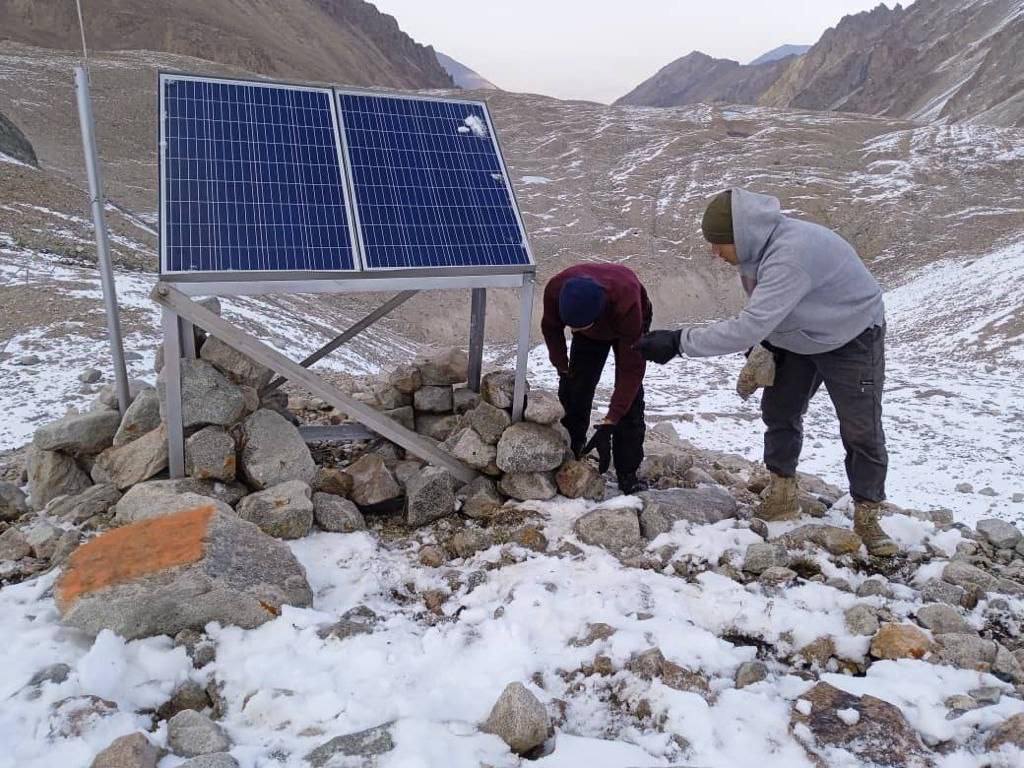
The review of installation works conducted on August and feedback from the installation team revealed that proposed scheme was not sustainable to weather conditions in
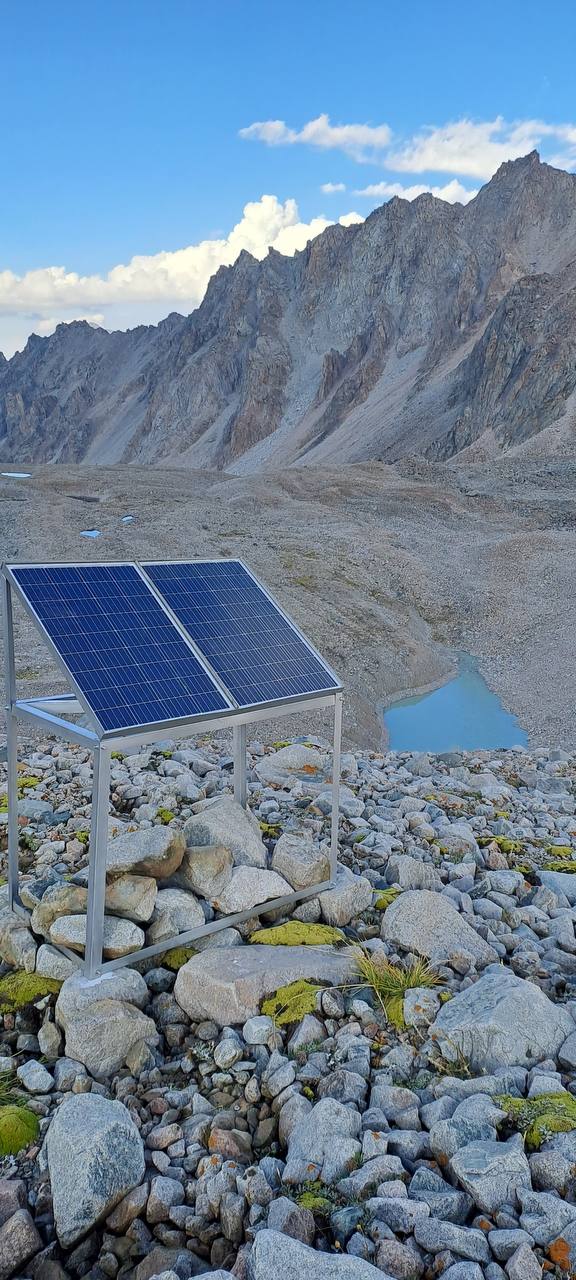
The construction team had built masts, photovoltaics on established locations on Adygene lake. A month ago, the joint research team had visited high glacier mountain

On August 11, 2023, ISOC Kyrgyzstan Chapter – Aziz Soltobaev and Talant Sultanov – teamed up with representatives from the Ilbirs Foundation and SMART consultant
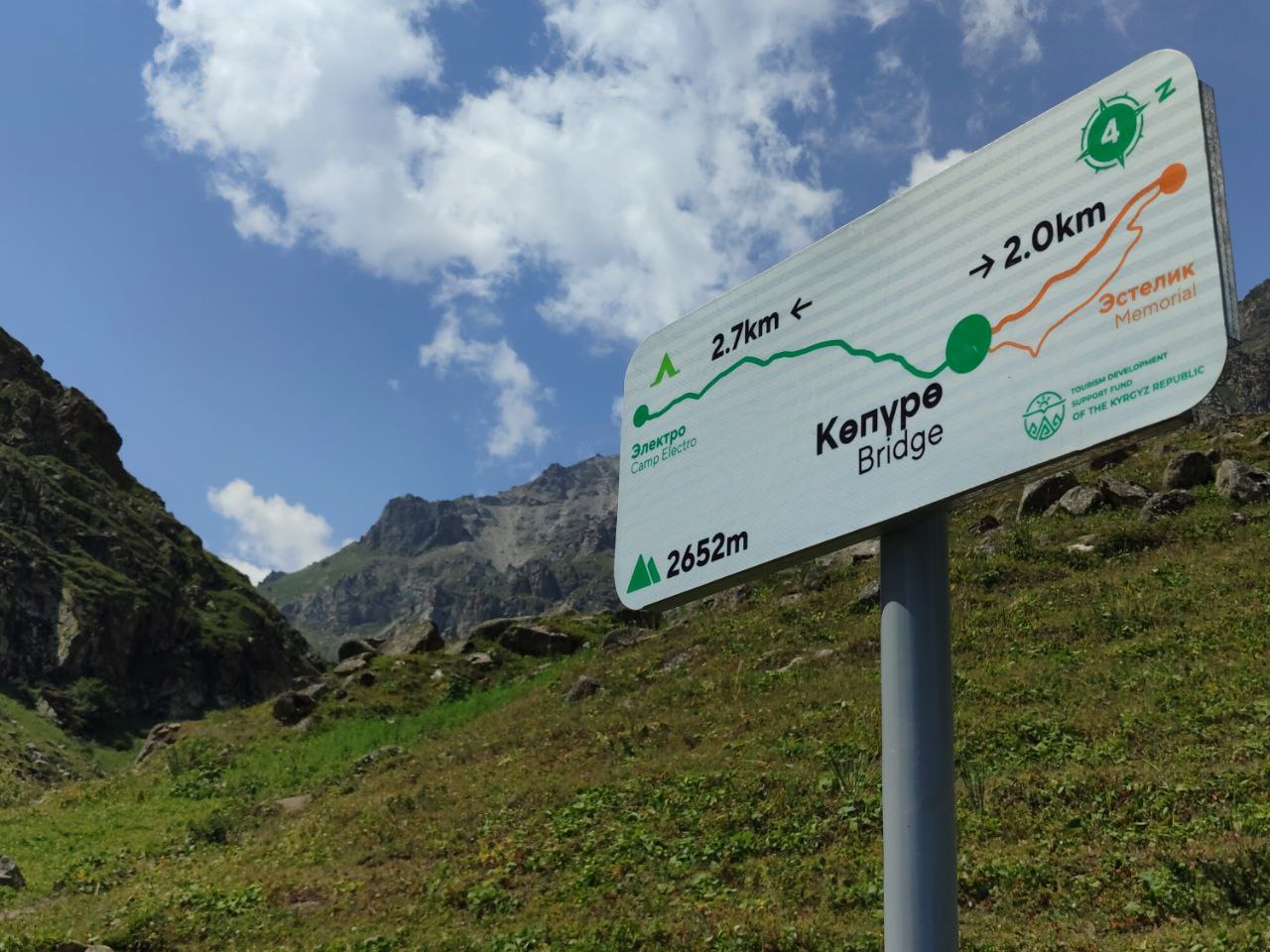
In a pioneering initiative, the Internet Society Kyrgyz Chapter has embarked on a groundbreaking project to test and map LoRa-enabled gateway coverage in select pilot

On July 21, the ISOC research team embarked on an expedition to Adygene Glacier Mountain Lake, strategically situated 60 km south-southwest of Bishkek. Nestled at
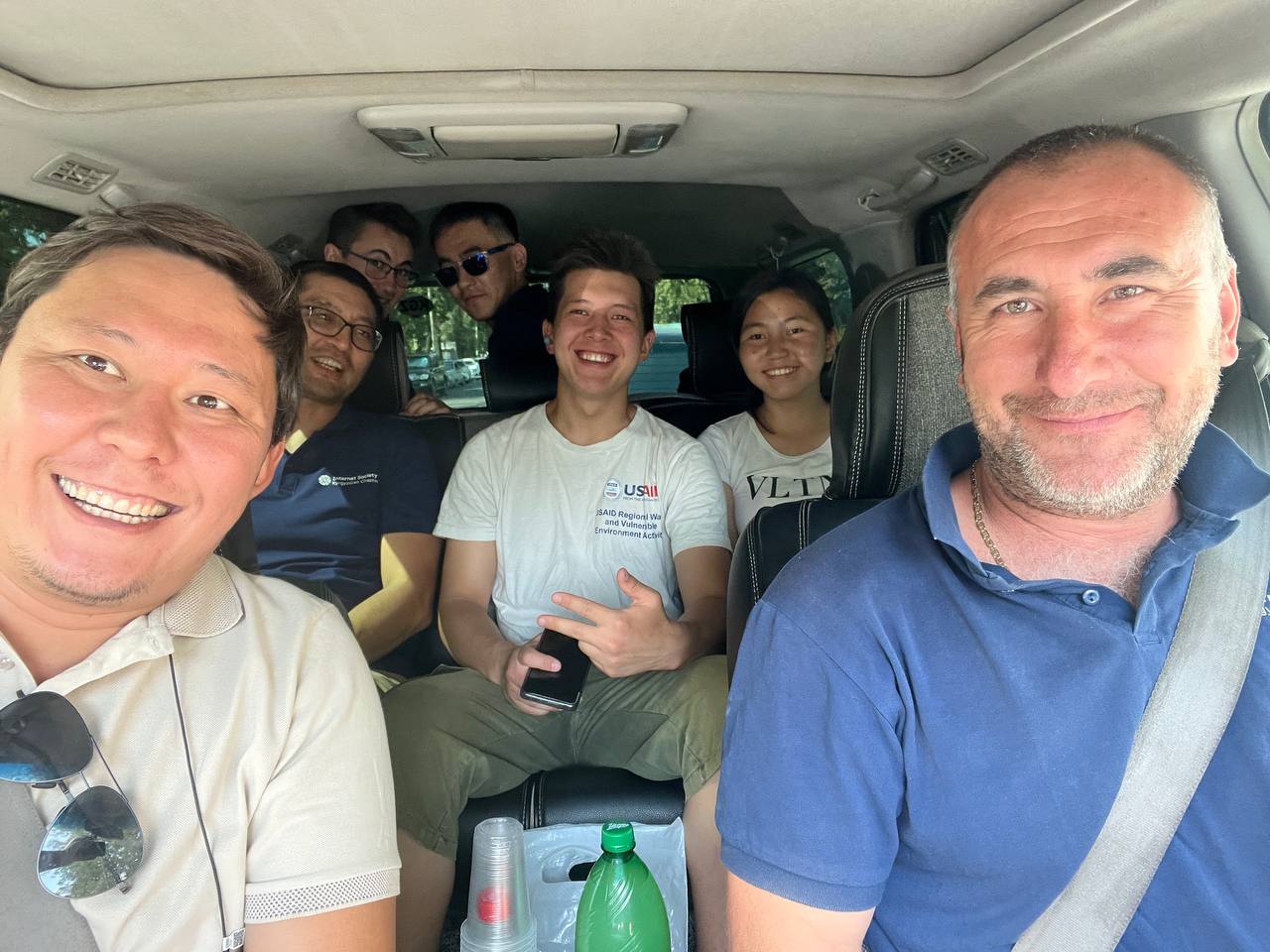
The ISOC Kyrgyz Chapter team has been actively engaging in routine maintenance visits to our pilot locations. Since the initial installation of LoRa-enabled sensors, certain
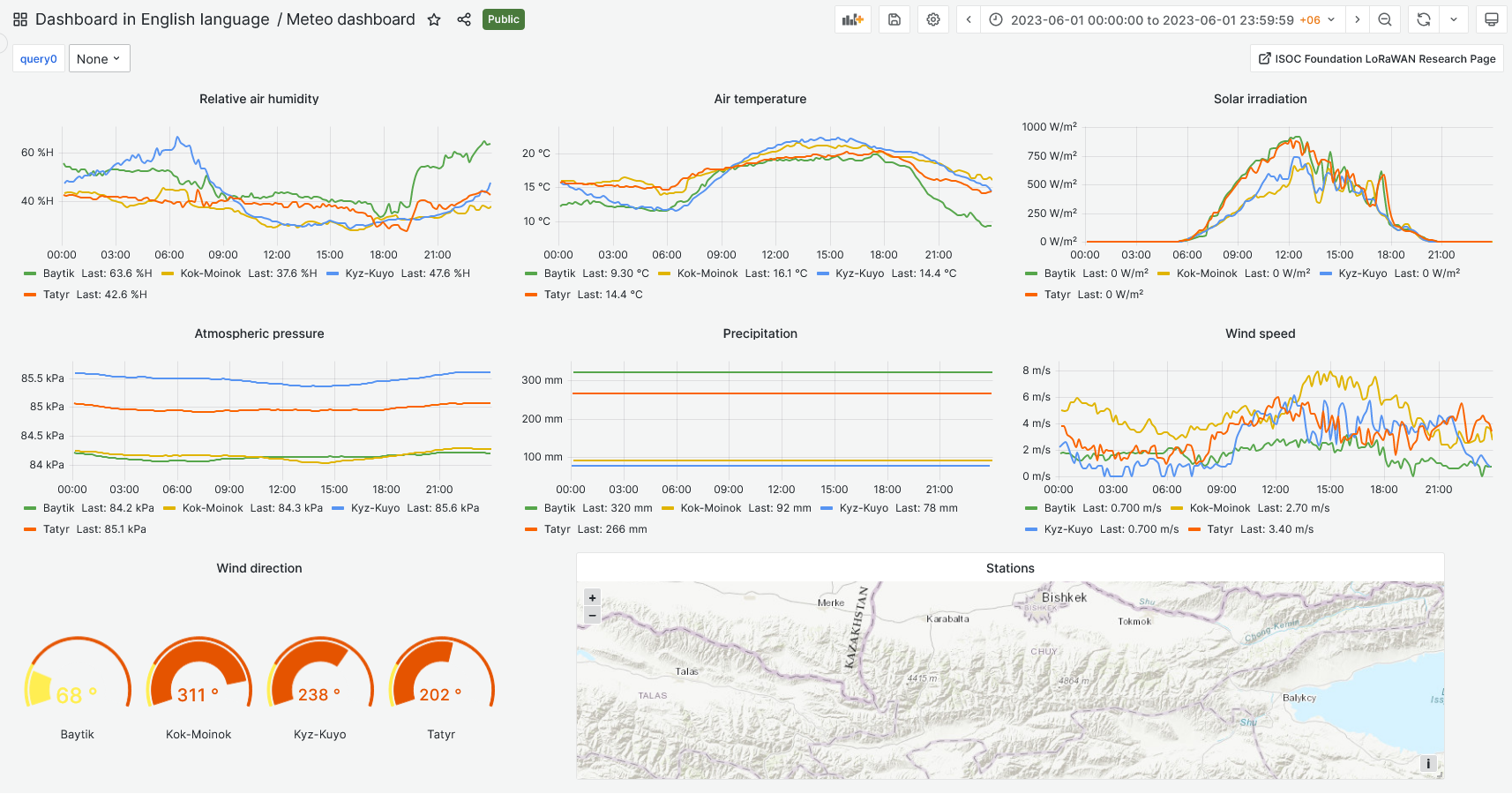
The team created beta version of the dashboard visualization of the project data collected from pilot locations. The dashboard represents visualization of the following data:
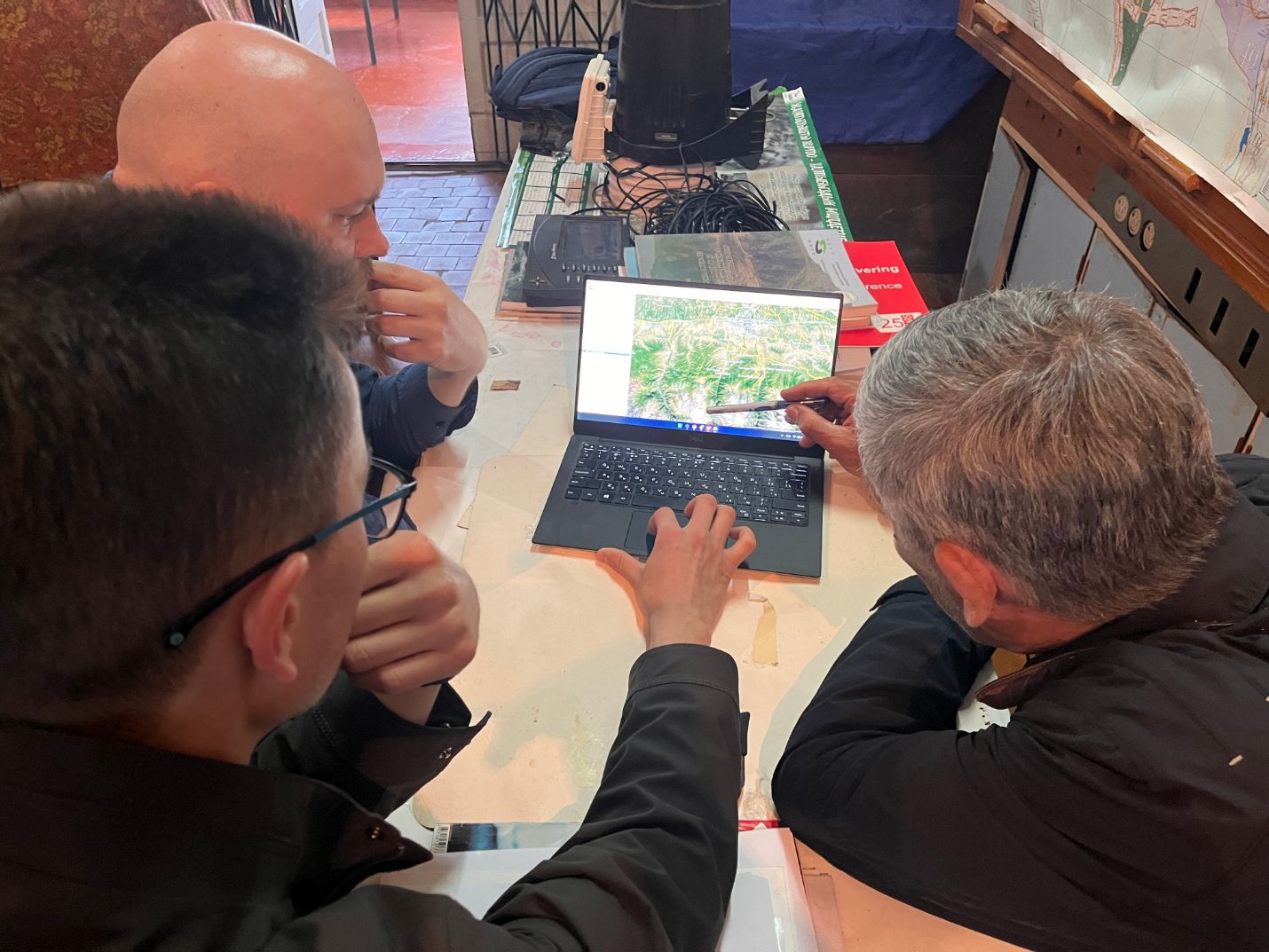
On May 19, 2023, the Internet Society (ISOC) Kyrgyz Chapter convened a meeting with the Institute of Water Problems under the Academy of Sciences of

The ISOC Kyrgyz Chapter team, in response to a request from the Ministry of Emergency Situations, has made a crucial advancement in natural disaster mitigation
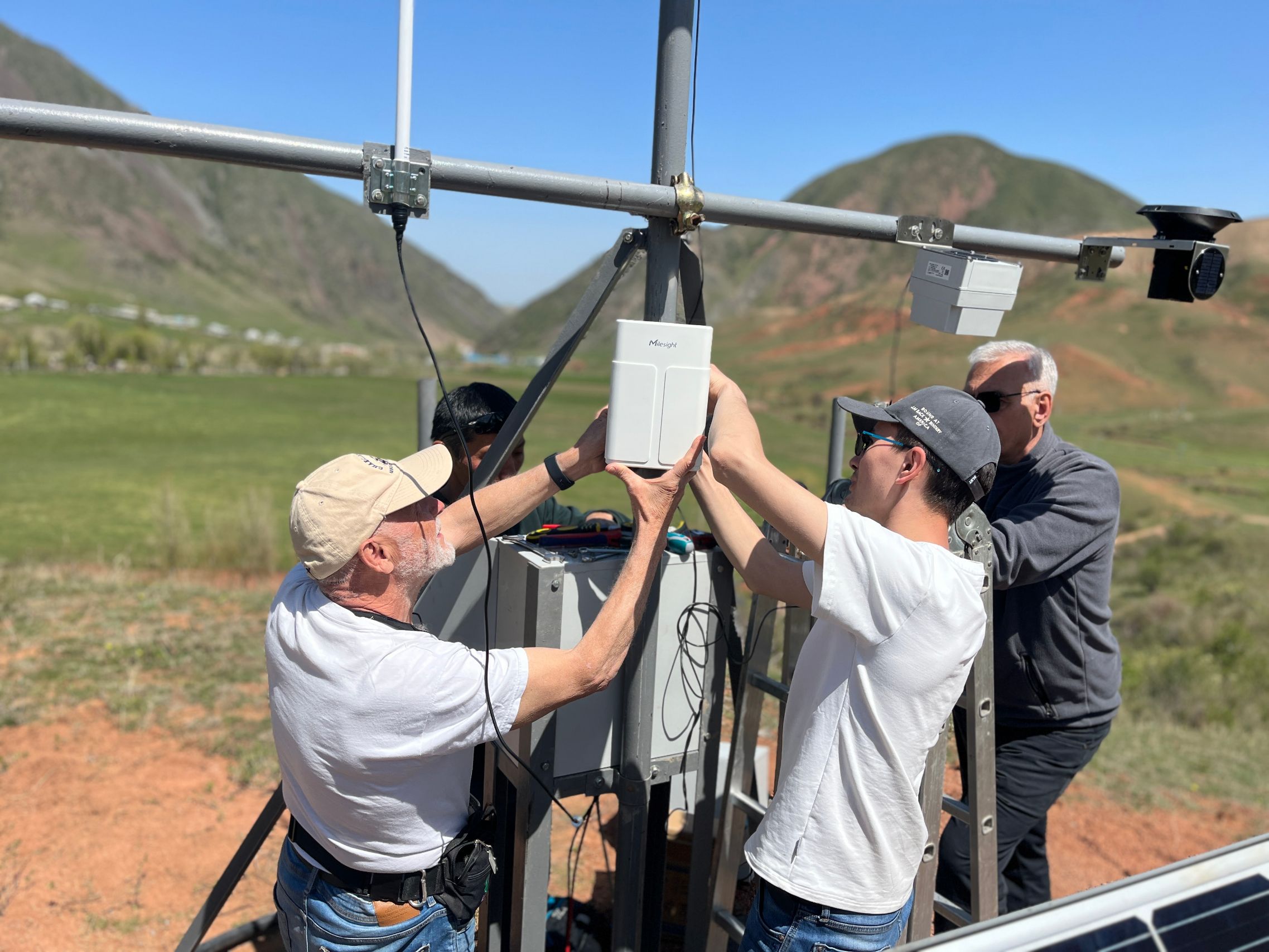
On April 27, 2023, a team comprising representatives from the ISOC Kyrgyz Chapter, ICTP, and CAIAG successfully installed and launched Lorawan-enabled sensors on the Tatyr
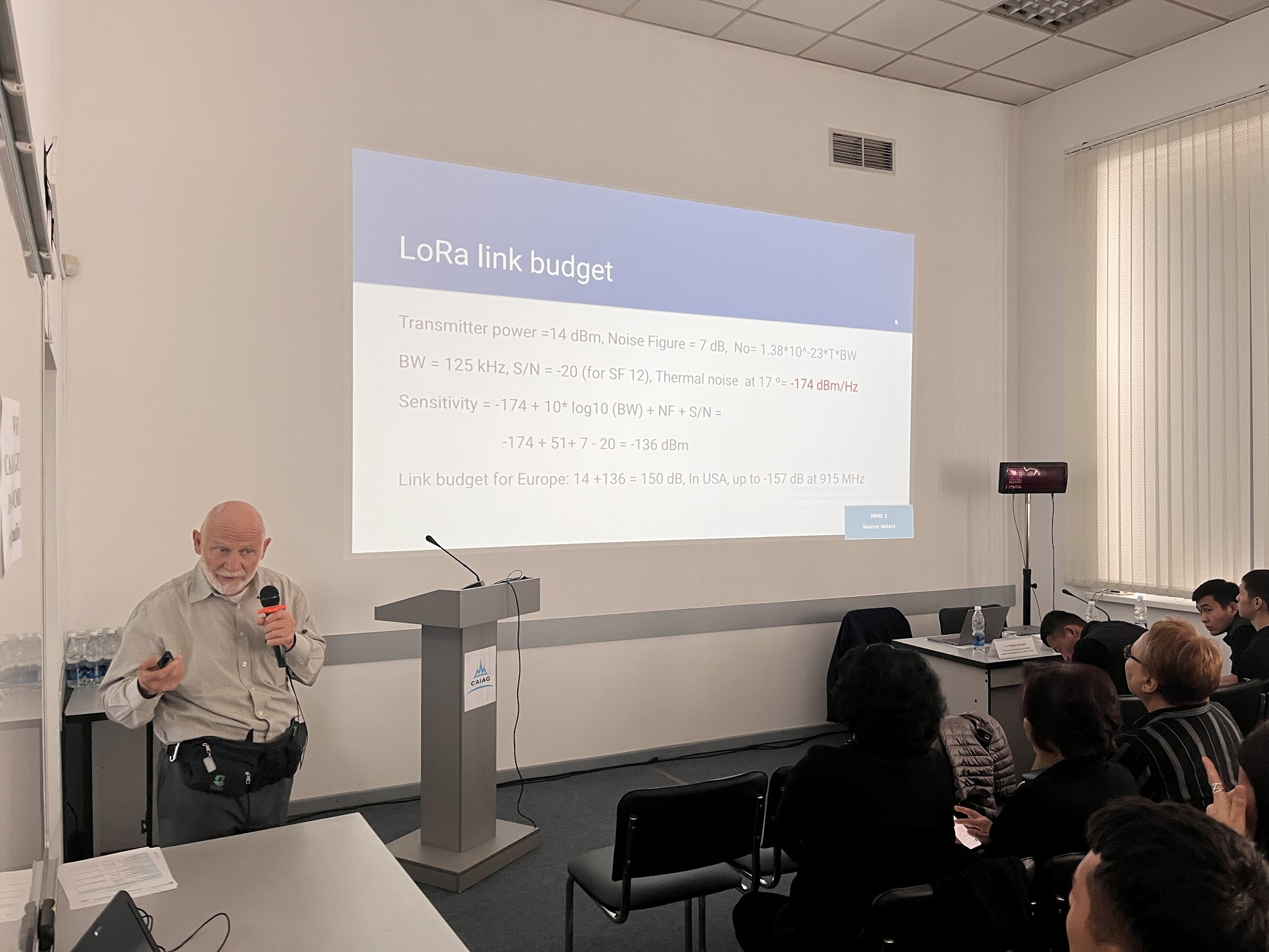
On April 25, 2023, the Internet Society Kyrgyz Chapter successfully hosted forum titled “Application of Innovative Technologies in Monitoring and Forecasting Climate Change and Natural

A significant stride has been made in the realm of disaster response and climate research in Kyrgyzstan, spearheaded by the ISOC Kyrgyz Chapter, the Abdus
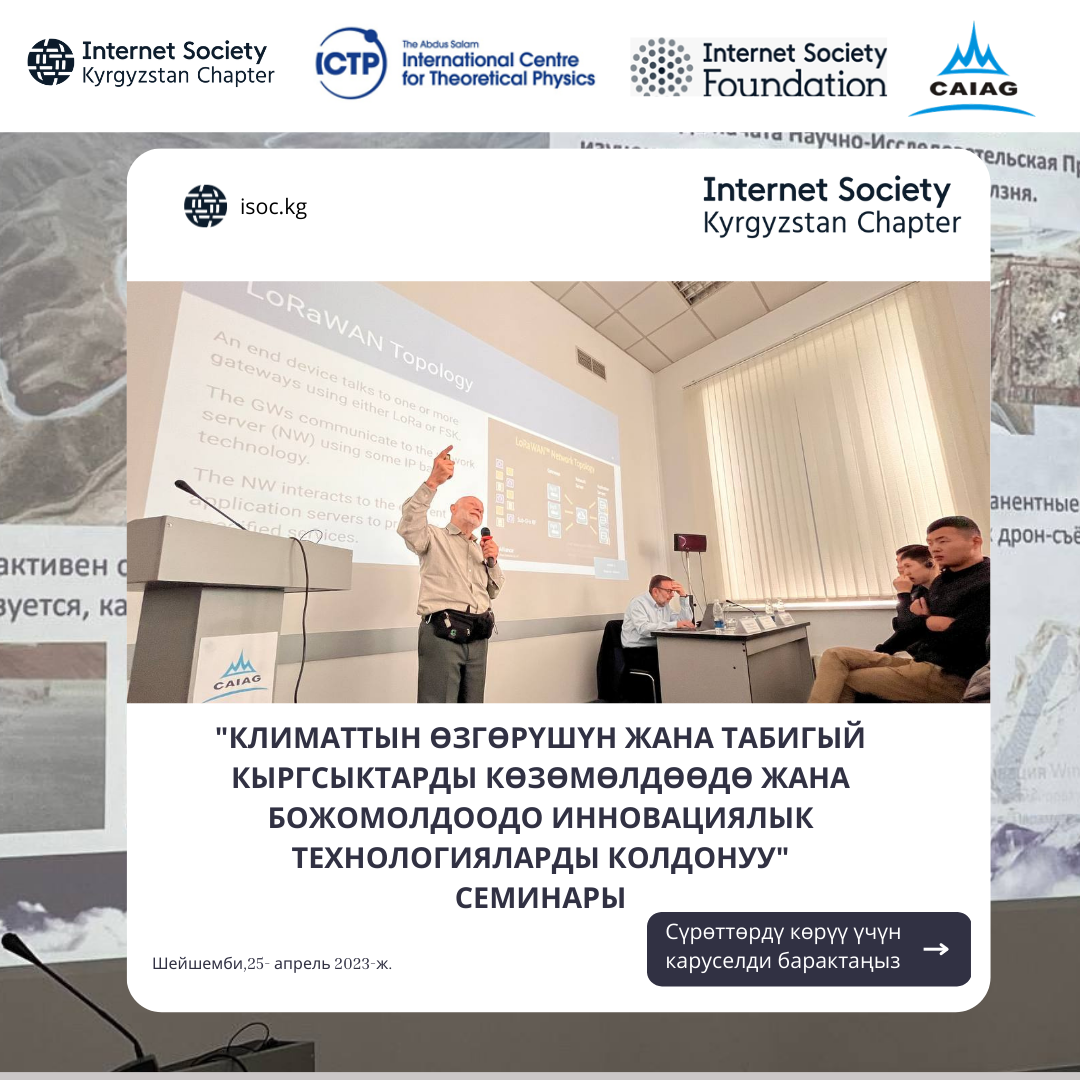
Previous Next A seminar on “Application of innovative technologies in monitoring and forecasting of climate change and natural disasters” was held in Bishkek on April
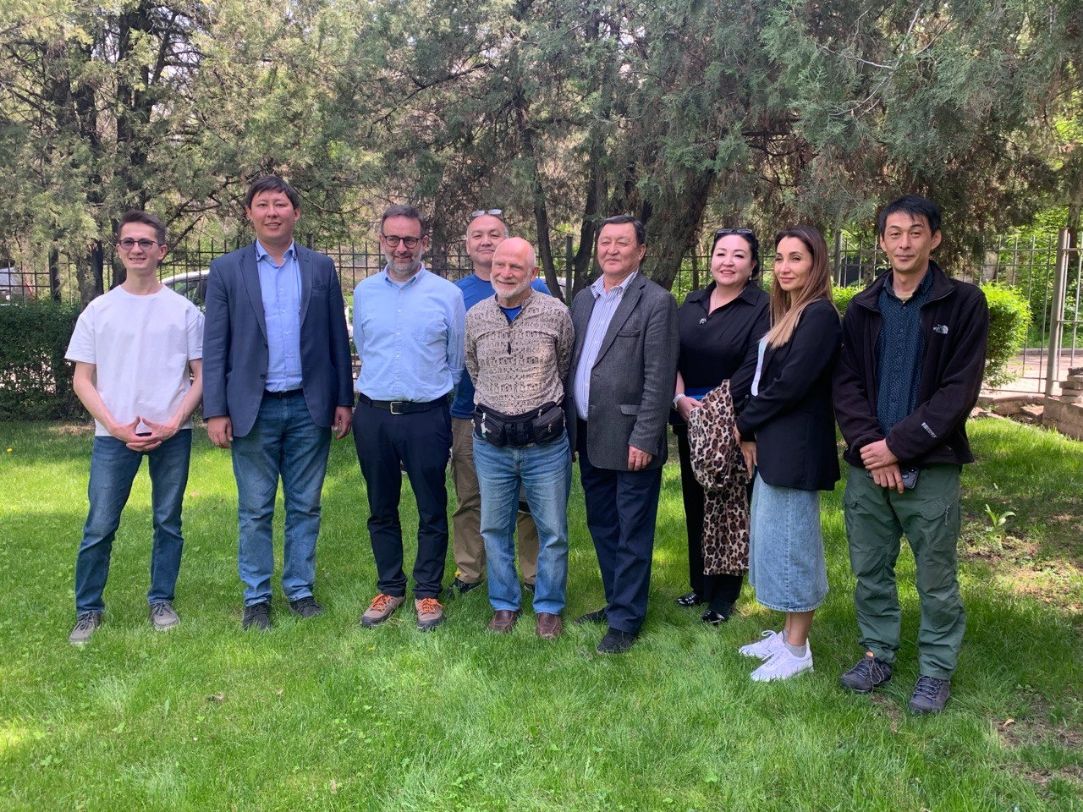
On April 24, 2023, a seminal roundtable discussion was hosted at the premises of the Central-Asian Institute for Applied Geosciences (CAIAG), an internationally recognized center
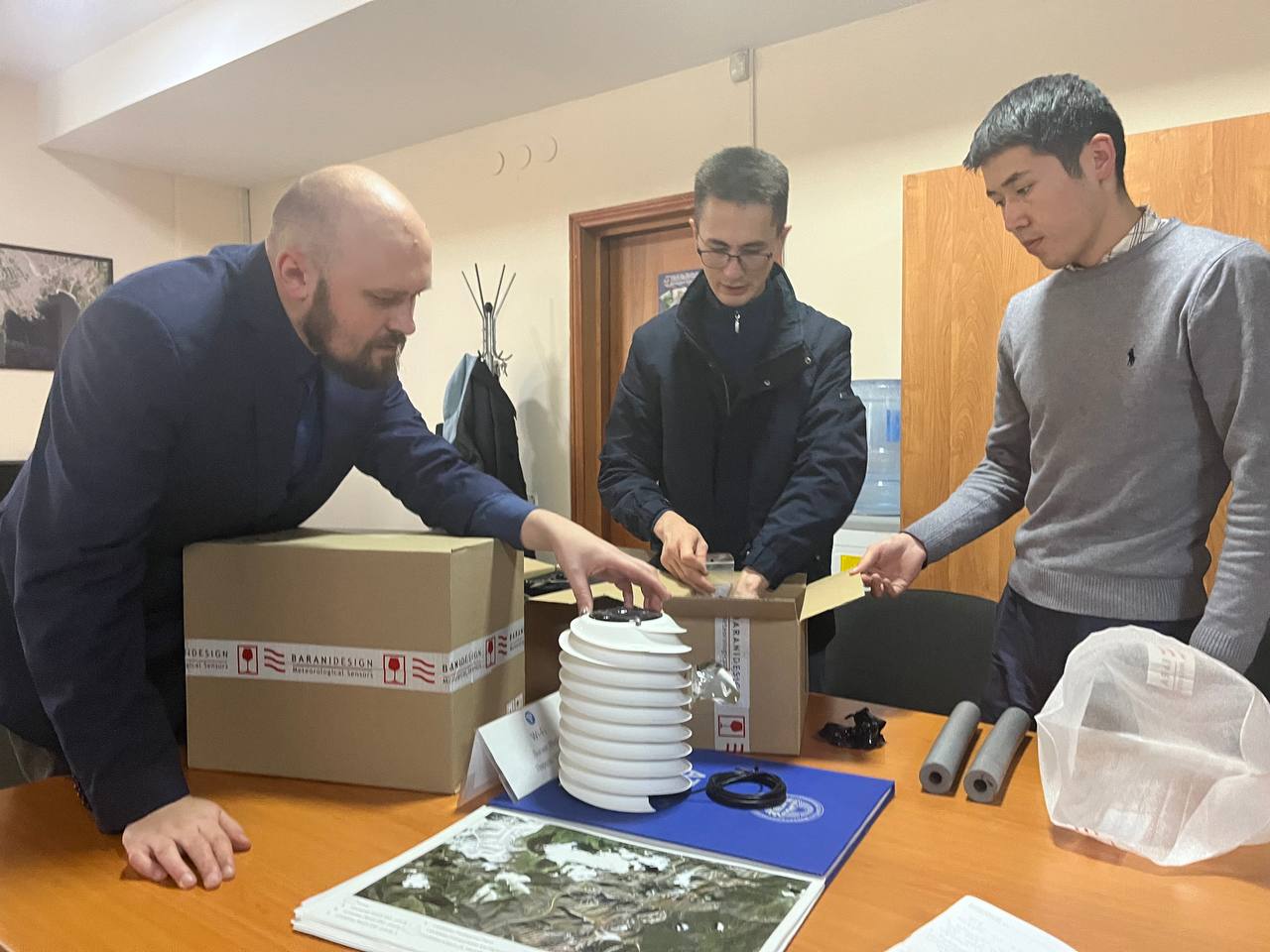
On April 6-10, 2023, the research team of the Kyrgyz branch of the Internet Society conducted a demonstration of automatic weather stations and other lorawan-enabled

In the realm of natural hazards monitoring and climate change response, the adoption of innovative information and communication technologies is increasingly seen as an important

Imagine you’re an apple farmer like Askar living in the picturesque landscapes of Kyrgyzstan. Every year, you wait in anticipation for the right climatic conditions
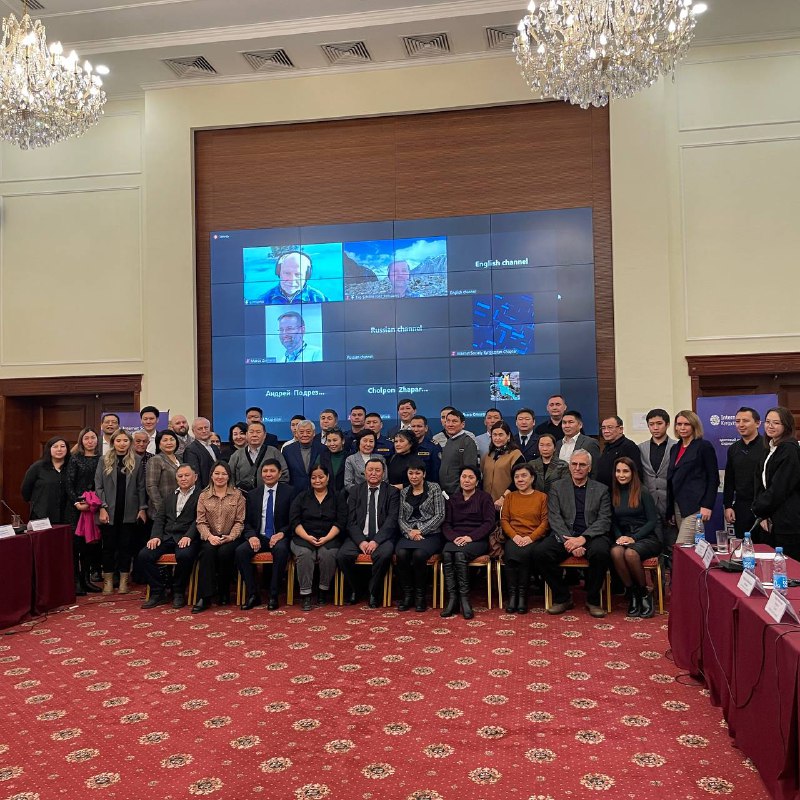
Forum Explores Innovative Technologies for Climate Change Monitoring and Disaster consequences Mitigation Bishkek, December 12, 2022 – Addressing the critical need to safeguard lives and

Forum Explores Innovative Technologies for Climate Change Monitoring and Disaster Mitigation Bishkek, December 12, 2022 – Due to the urgent need to protect life and
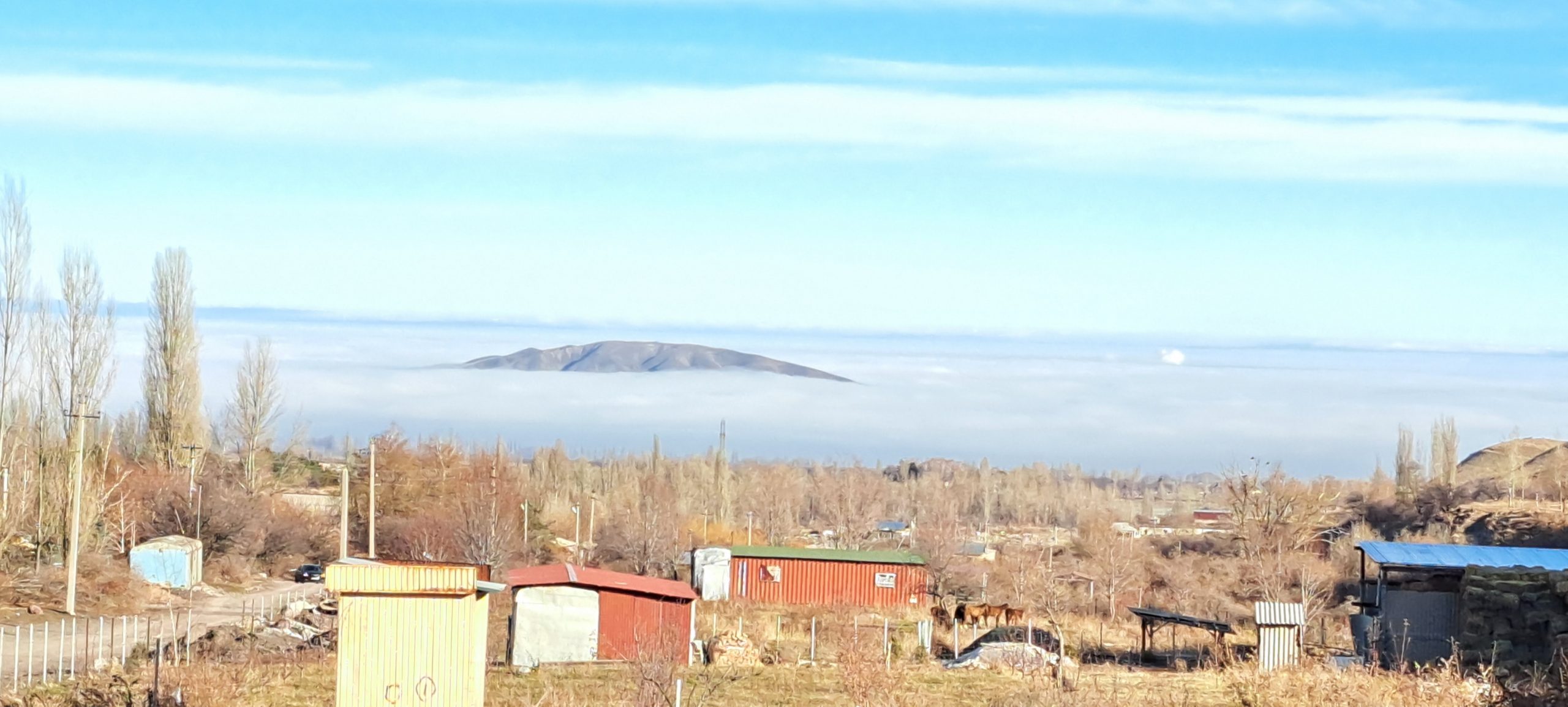
ISOC Kyrgyz Chapter is organizing forum “Application of innovative technologies in monitoring and forecasting of climate change and natural disasters” in Bishkek Protecting people’s lives
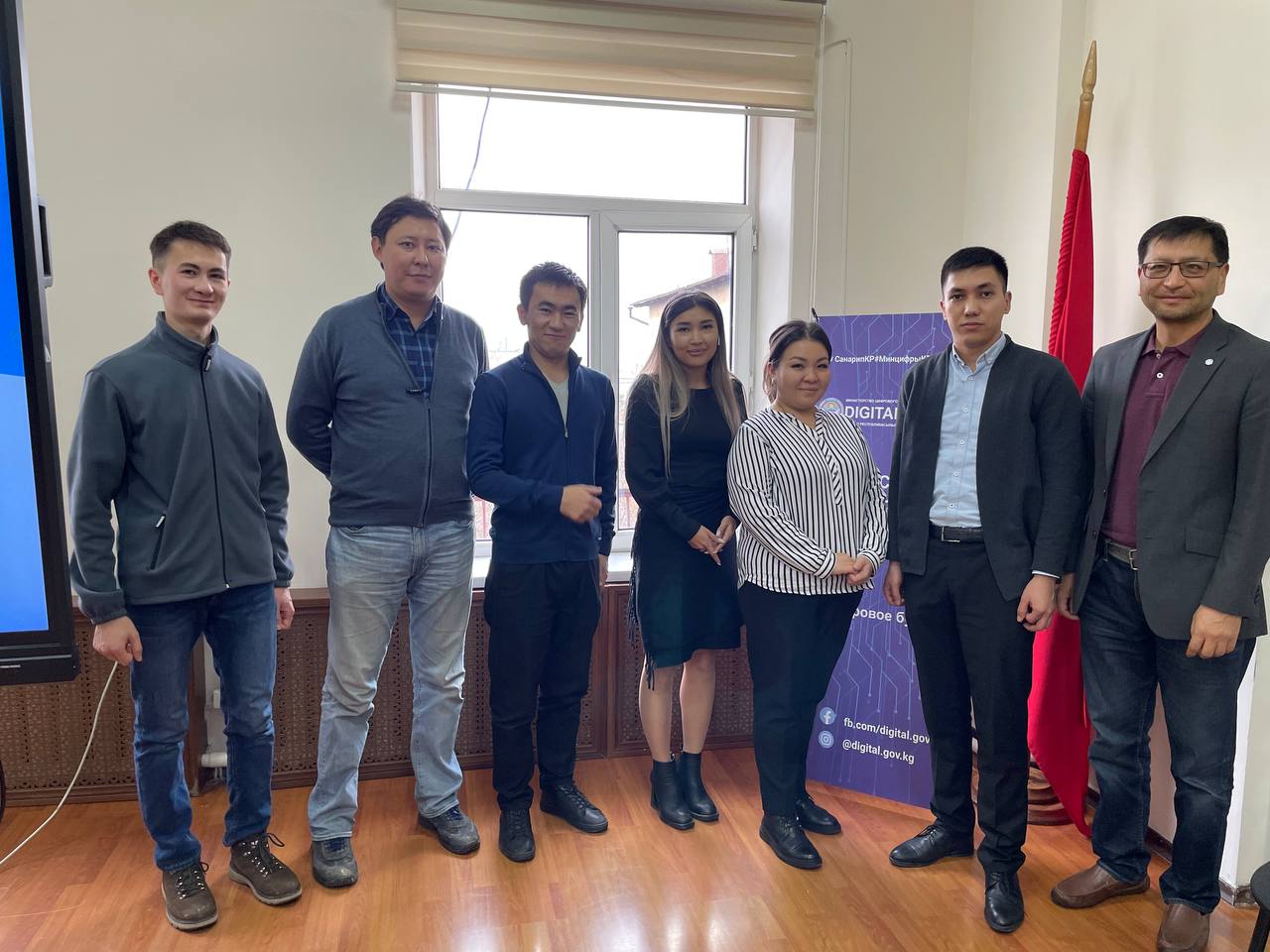
On November 22, 2022 the ISOC Kyrgyz Chapter Research Team had visited office of the State Telecommunications Regulatory Body and met representatives of the Spectrum
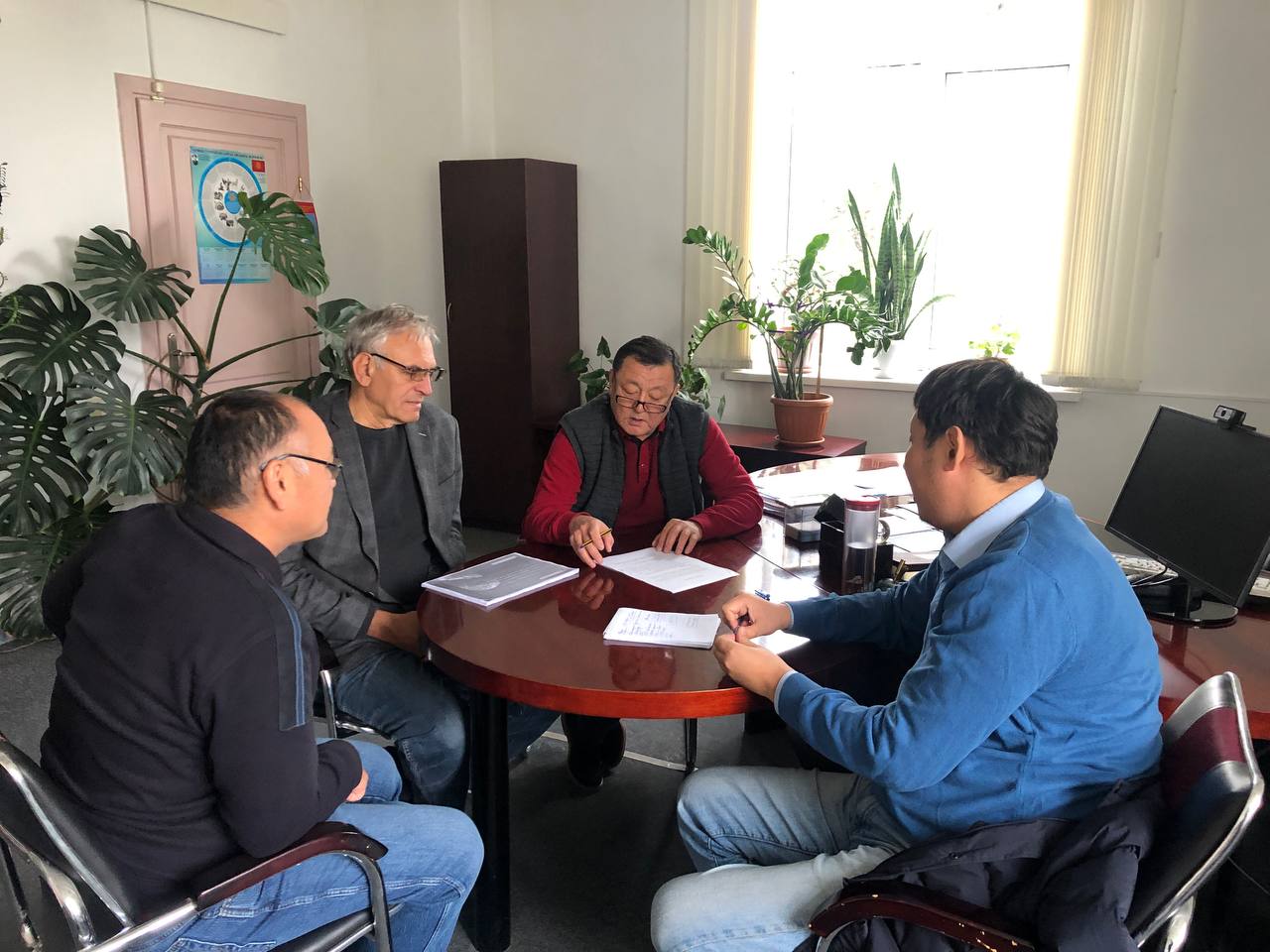
Research team held meeting to discuss potential locations for deployment of internet of things and lorawan technology to monitor and forecast natural disasters. As a
© 2014-2024 – Все права защищены ISOC Kyrgyzstan Chapter
0755330335 доступны в рабочие дни